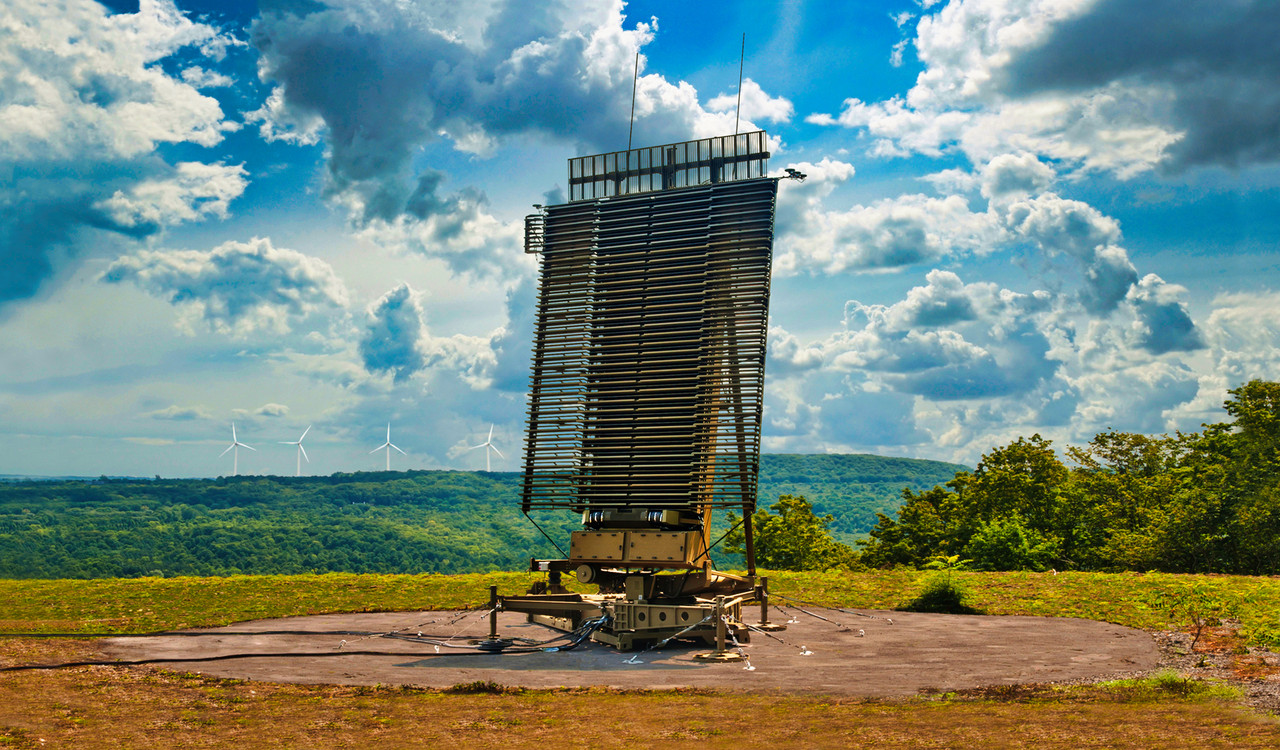- May 4, 2021
- 3,615

Title: NADST Daily Operation
Document Number: MODT-NADST-001/2003
Classification: TOP SECRET
Security Level: Maximum Secure
Date: May 15, 2003
XI. IntroductionX
1.1 Background
The Thai Air and Coastal Defense Command (ACDC) operates the National Air Defense System of Thailand (NADST), which owns 5 AN/TPS-77 L-Band, 3-D, tactical transportable long-range air surveillance radars with 10 Saab 340 AEW&C co-owned with the Republic Thai Air Force.
1.2 Objective
The documentation of NADST Daily Operation is to ensure that all 1,000 operators of all five radars remain vigilant and vigor during their daily task. The existence of this documentation is not to record the daily occurrence of the ACDC personnel but to disseminate the know-how and best practice of their quotidian operation.
XII. Command and ControlX
2.1 Guidance
This operation is conducted under the guidance of the Commander-in-Chief of the Coastal and Air Defense Command, with support from the Republic Thai Air Force Wing Three Commander, and approval from Minister of Defense, Sutin Klungsang.
XIII. Operational ForcesX
National Air Defense System of Thailand (NADST)
- ACDC Command
- [1,200] personnel and operators
- [6] AN/TPS-77
XIV. ExecutionX
4.1 Initial Deployment
All personnel will be reported to the respective base with all necessary equipment per the Defense Ministry documents.
4.2 Communication
Effective communication among all the units must be maintained. Any unidentified or suspicious activity must be reported to the command center immediately.
4.3 Rules of Engagement
Engagement will be per the established Rule of Engagement (ROE) with the application of Increased Vigilance (IVG) and international laws. The use of force must be proportionate, and only used in self-defense or to deter identified threats after all non-lethal methods have been exhausted.
4.4 Support
Logistical support, including fuel, supplies, and maintenance, will be provided by the respective naval bases.
XV. CoordinationX
5.1 Inter-agency
Liaise with maritime agencies such as the Marine Police, Customs Department, and Fisheries Department to ensure maximum coverage and sharing of intelligence.
5.2 International
In case any foreign vessels are involved, contact must be established with the respective embassies or consulates and the situation must be reported to the Ministry of Foreign Affairs.
XVI. ConclusionX
6.1 The Defense Ministry of Thailand has allocated necessary resources for the documentation of the NADST Daily Operation. It is the sincere hope that the Ministry contribution could assist the ACDC to protect the sovereignty of Thailand as the nation.
Approving Authority:
[Signature]
Gen. Chavalit Yongchaiyudh
Defence Minister
[Signature]
Thaksin Shinawatra
Prime Minister, Republic of Thailand
Document Clearance:
The Office of the Prime Minister
The Ministry of Foreign Affairs
The Ministry of Interior
The National Intelligence Agency
The Republic Thai Air Force Command Center
The Republic Thai Navy Command Center
The Republic Thai Armed Forces Special Warfare & Operation Command
Distribution List:
The Office of the Prime Minister
The Ministry of Foreign Affairs
The Ministry of Interior
The National Intelligence Agency
The Republic Thai Air Force Command Center
The Republic Thai Navy Command Center
The Republic Thai Police
The Republic Armed Forces Headquarters
The Republic Thai Air Defense Command
The Naval Special Warfare Command
The Air Force Security Force Command
Royal Thai Army Special Warfare Command
Last edited:



